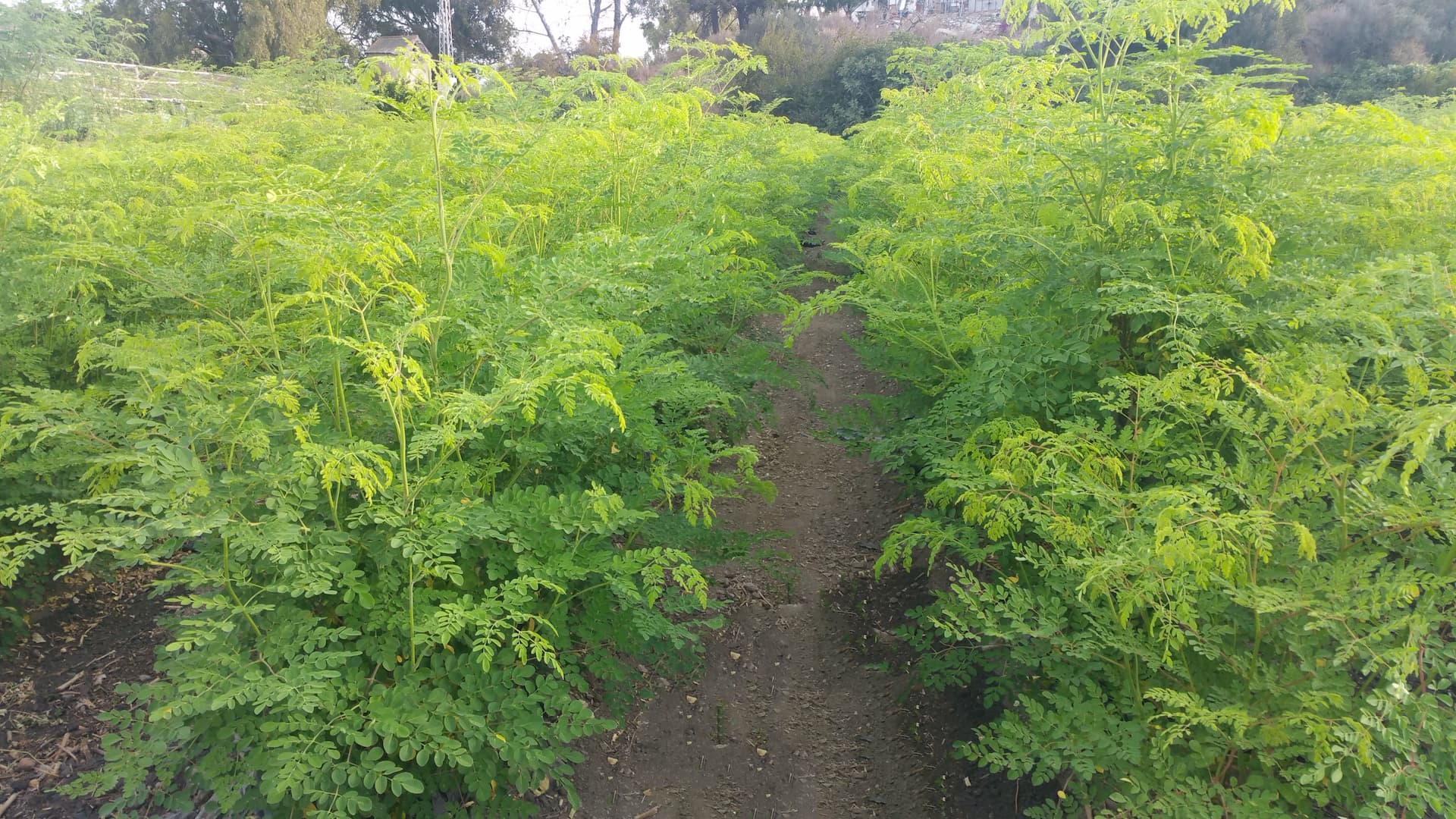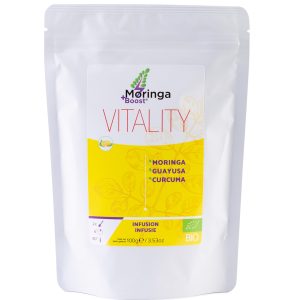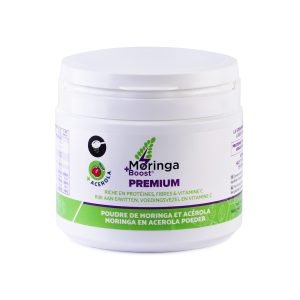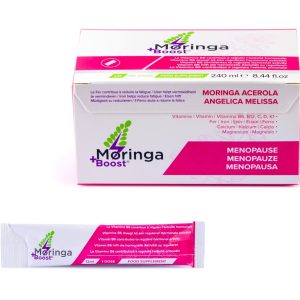In a world in perpetual search of well-being and health, superfoods have gained a place of choice in our diets and conversations. Among these superfoods, moringa and acerola stand out for their exceptional nutritional properties. In this article, we take a deeper dive into the world of these two treasures of nature, exploring their origins, their use throughout history, and their applications in medicine.
● Moringa: The Tree of Life
Origin and history
Moringa, also known as the tree of life, has its roots in the subtropical regions of India, Africa and South Asia. This tree, with its many virtues, embodies a heritage rich in history, since it was widely used in Ayurvedic and traditional medicine. All parts of the tree, from leaves and roots to seeds and bark, were exploited for their therapeutic benefits.
Historical use
Its leaves were a staple food for local populations due to their high content of essential nutrients. They were eaten fresh or dried to overcome periods of famine. Ancient warriors fed on this plant to build up their stamina before battle, and pregnant (*) and nursing women benefited from its richness in vitamins, iron, calcium and protein.
Moringa seeds are also used to purify water by acting as a natural coagulant. This ancestral method has given many communities access to a safer source of drinking water.
Use in Medicine
Today, moringa is studied for its impressive medicinal and nutritional properties. It is recognized for its antioxidant, anti-inflammatory and anti-diabetic qualities. Its leaves are a veritable mine of vitamins and minerals, including vitamin A, vitamin C, vitamin E, iron, calcium, potassium, protein, fiber and much more.
Among its many virtues, the plant is renowned for its ability to lower blood sugar, reduce cholesterol, stimulate the immune system and promote digestive health. The antioxidants present in moringa help neutralize free radicals, contributing to the prevention of various diseases linked to oxidative stress.
It is also used to combat malnutrition, particularly among children. The WHO (World Health Organization), charities, the Red Cross and development initiatives in regions where the plant grows naturally, encourage its cultivation and consumption to reduce malnutrition rates.
Moringa’s powerful antioxidants help combat oxidative stress and protect cells.
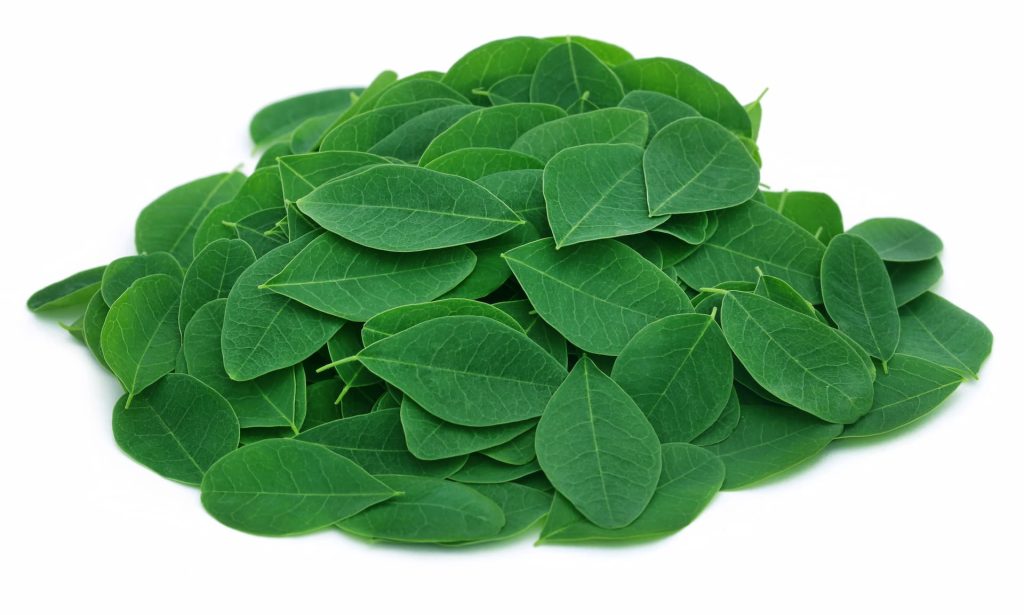
● Acerola: the little cherry bursting with vitamin C
Red berries like acerola are not only delicious, but also beneficial to health thanks to their antioxidant properties.
Origin and history
Acerola, also known as the West Indian cherry, is native to South America, particularly Brazil. This bright red cherry grows on a shrub and owes its name to its shape and color. The region’s indigenous peoples have been using it for centuries for its medicinal and nutritional virtues.
Historical use
The region’s indigenous peoples were well aware of acerola’s exceptional properties. They used this little cherry for its high vitamin C content and antioxidant properties. Traditionally, it was consumed as juice, powder or medicinal preparations to treat various ailments. It was particularly prized for combating scurvy, a disease caused by vitamin C deficiency.
Use in Medicine
Today, acerola is recognized as one of the best natural sources of vitamin C. A small portion of this fruit contains an impressive amount of vitamin C, far more than oranges. Vitamin C is essential for strengthening the immune system, promoting healthy skin and connective tissue, and acting as an antioxidant.
Acerola is also rich in other beneficial nutrients, such as vitamins A, B and minerals like iron, calcium and phosphorus. All these elements contribute to the body’s vitality, promoting greater resistance to infection, faster wound healing and radiant skin.
Rich in vitamins, acerola contributes to a balanced diet and boosts the immune system. Its trace elements play a crucial role in maintaining optimal health.
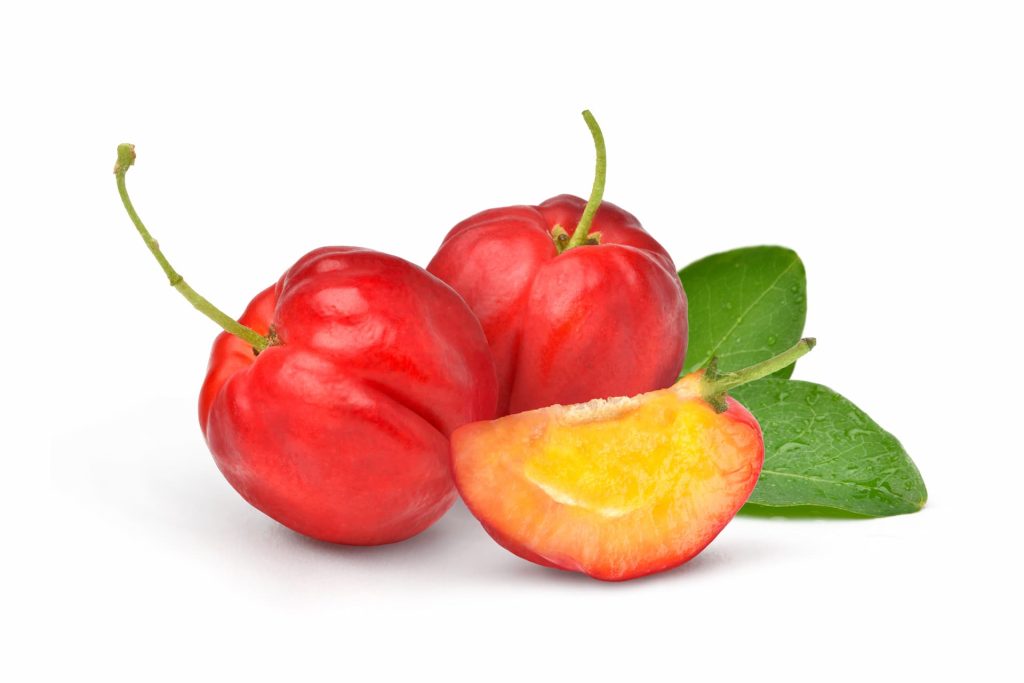
● Combined benefits
One of the great strengths of these superfoods lies in their complementary nature. When consumed together, moringa and acerola offer a wide range of essential nutrients. This combination can boost the immune system, improve digestion, promote weight loss and help maintain healthy skin. Acerola is a superfood that provides natural energy without the negative effects of added sugars.
Strengthening the immune system
Thanks to their high vitamin and antioxidant content, the two superfoods work in tandem to boost the body’s natural defenses. Acerola’s vitamin C and moringa’s nutrients stimulate white blood cell production, boosting the body’s ability to fight infection. Regular consumption of moringa can boost the immune system, especially during seasonal changes.
Improved digestion
Moringa is renowned for its digestive properties. Its leaves are rich in dietary fiber, which promotes regular intestinal transit and reduces constipation problems. Acerola also stimulates the production of gastric juices, improving overall digestion.
Weight loss
For those looking to lose weight, moringa can be a valuable ally. The fiber content of its leaves facilitates intestinal transit and helps eliminate toxins from the body. What’s more, the feeling of satiety provided by its fiber can help reduce appetite. Acerola, meanwhile, provides energy and essential vitamins to support an active lifestyle. Incorporating moringa into your diet can provide the natural energy needed to support regular physical activity.
Healthy skin
Moringa and acerola can both contribute to healthy, glowing skin. The antioxidants contained in these superfoods help neutralize the free radicals responsible for premature skin aging. What’s more, acerola’s vitamin C is essential for collagen production, promoting skin elasticity and youthfulness.
● How to incorporate Moringa and Acerola into your diet
There are many ways to enjoy the benefits of these superfoods. Here are a few ideas for incorporating them into your daily diet:
Moringa powder
You can add Moringa & Acerola PREMIUM Powder to your smoothies, fruit juices, sauces or soups to boost their nutrient content.
Moringa and Acerola dietary supplements
MoringaBoost Menopause and MoringaBoost Seniors food gels contain moringa and acerola, among other ingredients. They offer a practical, high-performance solution for people in this age bracket who want to enjoy the benefits of these superfoods without having to include them in every meal.
A real concentrate of vitamins, minerals and plants, they provide the elements the body needs. As a dietary supplement, moringa enriches your diet with essential nutrients for good health.
Moringa infusion, an antioxidant and energizing drink
VITALITY herbal tea with moringa, guayusa and turmeric offers a variety of health benefits, as well as creating sensory experiences rich in flavor and aroma. By taking a mug (250 ml) in the morning and at lunchtime, you provide your body with a formidable supply of antioxidants. What’s more, guayusa’s mild caffeine will improve your concentration throughout the day.
● In conclusion
Moringa and acerola are natural treasures, steeped in history and full of health benefits. Their use throughout history and their applications in medicine reveal their importance in the quest for a healthy, balanced life.
By incorporating these superfoods into your diet, you can take a decisive step towards better health, a stronger immune system, improved digestion, weight loss and radiant skin.
They offer you the chance to make the most of what nature has to offer for a healthier, happier life. Adopting a healthy diet including superfoods such as moringa and acerola can help prevent chronic diseases.
So why not try moringa and acerola and discover for yourself the benefits of these precious gifts of nature? Your body will thank you.
(*) In the West, consumption of moringa and its derivatives is FORBIDDEN for pregnant women, as it contains very high levels of Vitamin A. Excessive Vitamin A is dangerous for the foetus. An excess of vitamin A is dangerous for the fetus. Only in malnourished regions do pregnant women consume moringa to make up for this vitamin A deficiency.
● References
- Source rich in vitamin C: Acerola, an untapped functional superfruit: a review on latest frontiers — PMC
- Health benefits : Review Phytopharmacology of Acerola (Malpighia spp.) and its potential as functional food
- Antioxidant capacity : Acerola Cherry — an overview | ScienceDirect Topics

